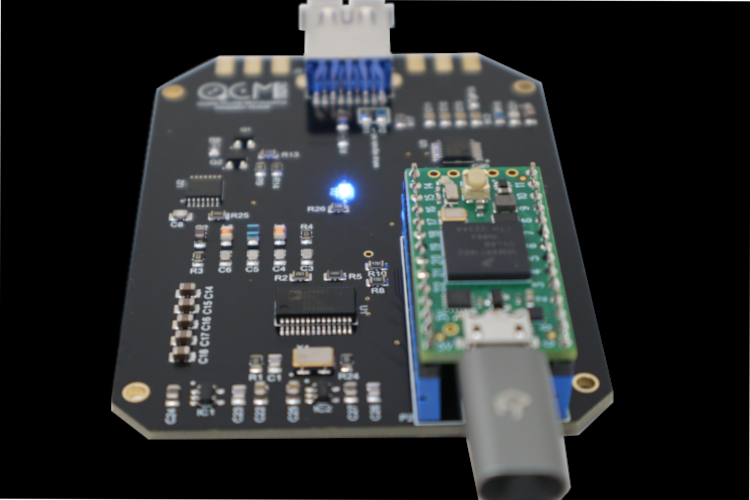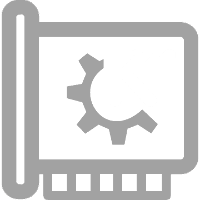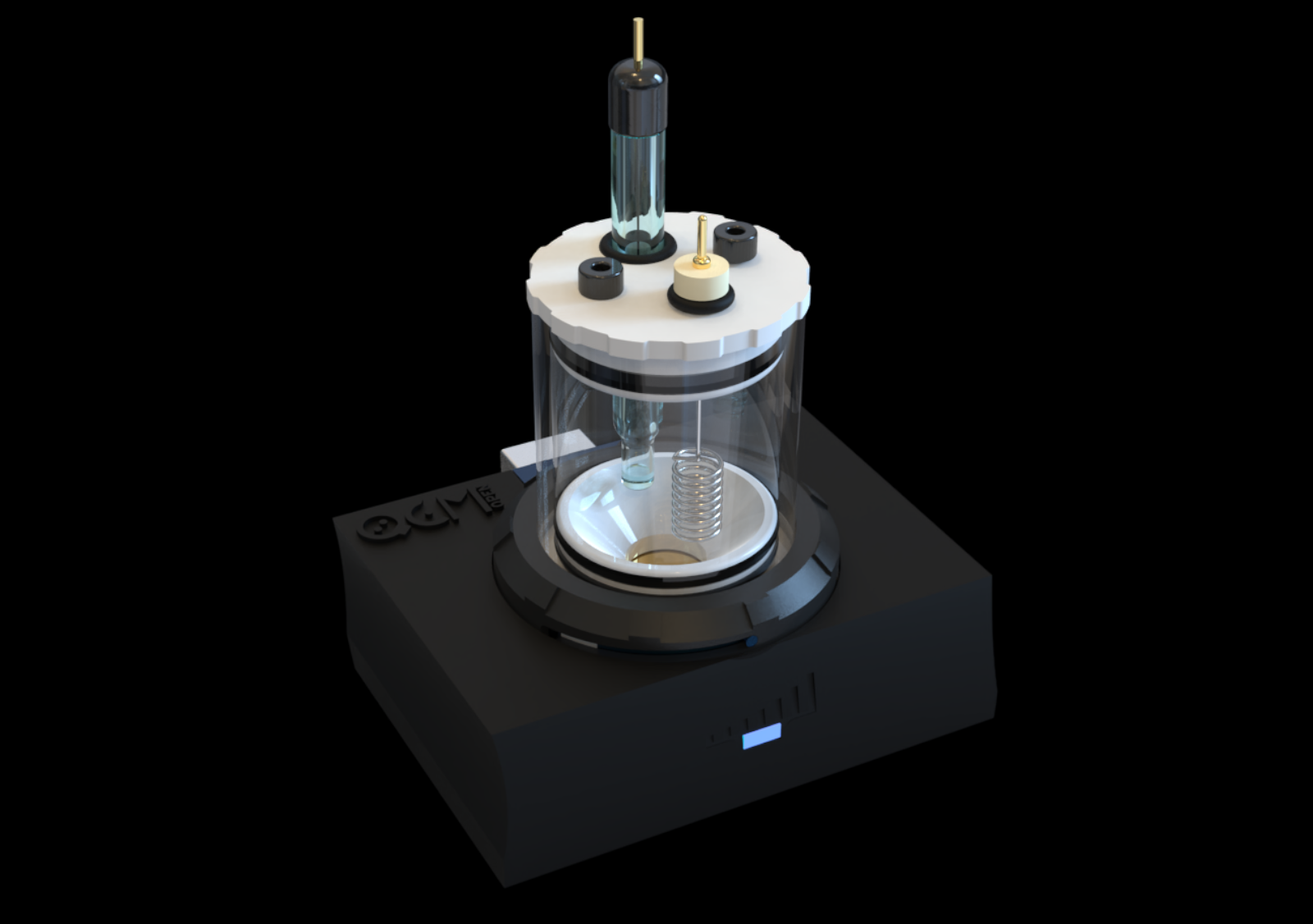A NETWORK ANALYZER QCM SHIELD
The openQCM Q-1 electronic is mainly comprised of a network analyzer, which conducts a passive examination of the quartz sensor by oscillating near its resonance frequency.
The actuation signal is generated via the AD9851 DDS/DAC frequency synthesizer, and the resultant output signal is detected by the AD8302 gain and phase detector. This component is capable of quantifying both the gain across the quartz crystal and the phase difference between the actuation and output signals.
The analysis of the gain curve facilitates the sensor’s characterization by allowing concurrent measurement of resonance frequency and quality factor. A significant advantage of this measurement approach is its ability to assess quartz sensor parameters independently, mitigating potential interference from external circuitry.









